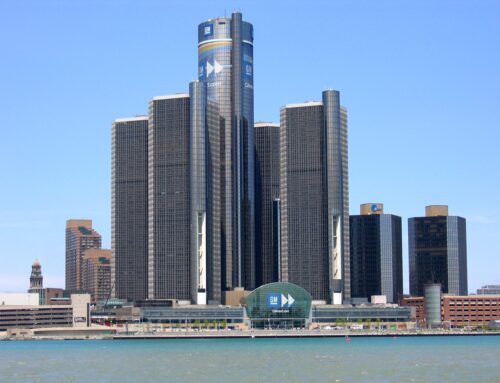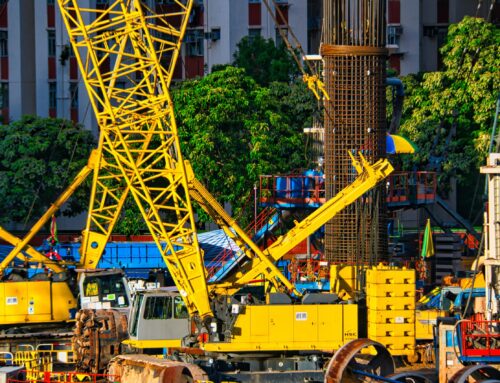Description and Details
Recently, DC’s Department of Transportation has been improving the public biking network from 80 miles of bike lanes in 2019 to around 100 miles in 2022 with 60 additional miles of trails. The DC Safe Routes to School program is funded by the Federal Highway Administration and provides improved access to school through increasing bike paths and walkways. Expanding bike routes means healthier options for transportation that benefit the community and environment. Having more kids bike safely to their desired destination means lowering their risk from noncommunicable conditions like obesity. The CDC recommends an hour of physical activity every day for kids from ages 6–17 years old, but DC students fall short of this requirement with less than half of the minimum recommendation being built into their school day. Additionally, kids from lower-income families are less likely to meet this requirement outside of school hours as they are less likely to participate in organized sports.
If the children are not getting adequate exercise during the school day, and don’t have the luxury of extracurricular activities, then a way to build more physical activity into the day of a child is to incorporate it into an activity they are already doing such as traveling to school each weekday. This has several issues due to land use and school locations preventing some kids who don’t live close enough to bike to school or live in communities with a high risk of travel violence. This is why the emphasis has been on building a protected bike lane network to improve children’s health. Without safe bike lanes, then those lanes are only available to cyclists that are willing to risk their safety or are fit enough to overcome unsafe conditions. Having safer lanes creates a less stressful environment where more vulnerable individuals can take advantage of cycling benefits.
Another perspective on increasing bike lanes is also about improving DC’s air quality, which often does not meet requirements, and shifting modes of transportation from cars. Air pollution contributes to chronic illnesses like asthma, and children are more susceptible to its effects. As the project continues, decreasing parking availability may occur and may impede the addition of more bike lanes. This project helps demonstrate the need for safety over convenience and is a reminder that as a community we can serve vulnerable populations.
CEE subjects: Construction Engineering and Management, Environmental Engineering, Environmental Policy and Sustainable Infrastructure, Transportation Engineering
Discussion Questions
- This project highlights how one community change can serve future generations, vulnerable populations, and improve overall standard of living. From an engineering aspect, what design considerations should be considered to ensure these changes are displayed throughout the area (not centered in one community)?
- Do you think more could be done to improve child health equity in the community? If so, what changes to a community could be made?
- How might different engineering decisions affect children’s health?
References
- Peer reviewed articles:
- Popular media/news references




Leave A Comment